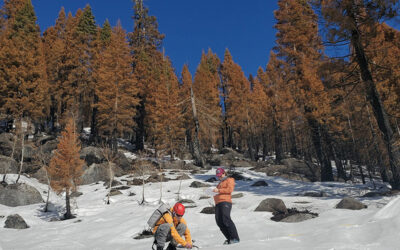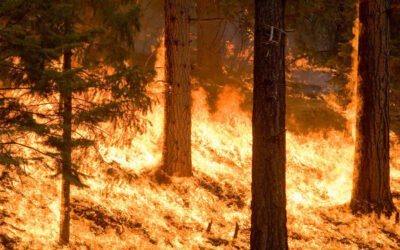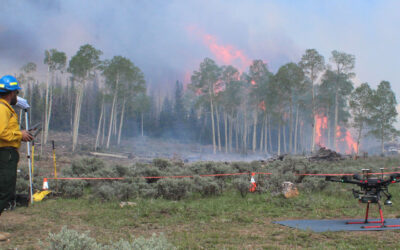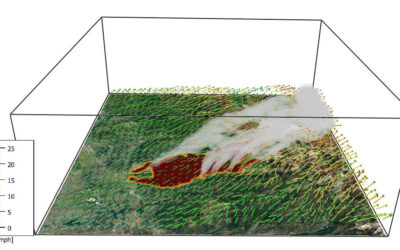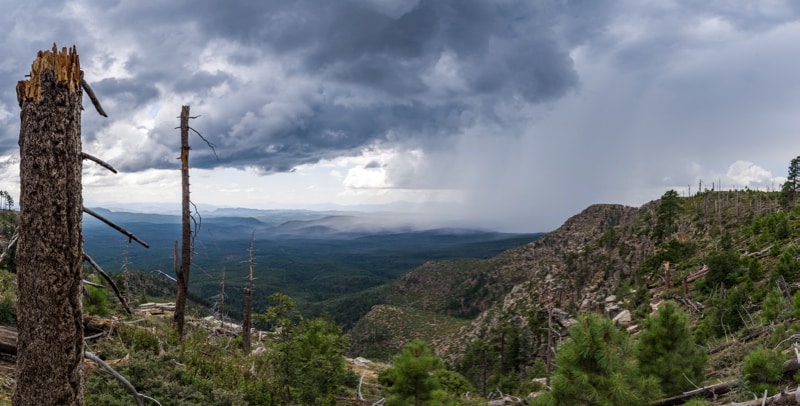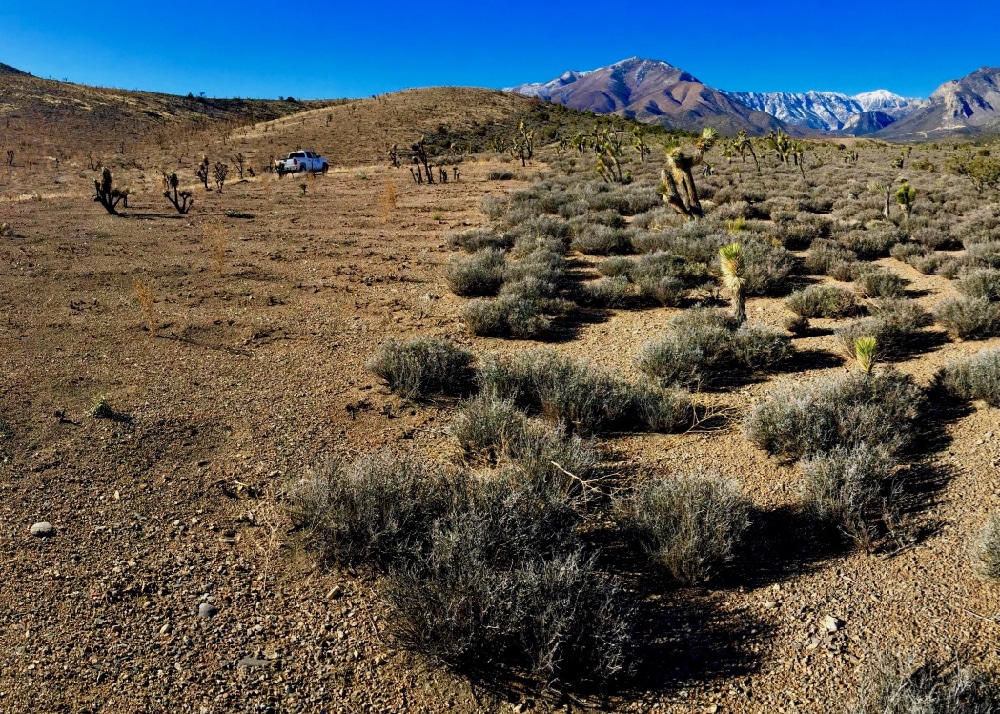A DRI-led team examined what happens to mountain snowpacks when sunny, midwinter dry spells occur in forests impacted by severe wildfire.
The making of a megafire: Study explores why some wildfires grow fast and furious
The largest wildfires developed because they responded to high-wind events and preceding dryness more strongly than the other wildfires.
Nevada Receives National Science Foundation Research Award for $20 Million
The Nevada System of Higher Education (NSHE) has been awarded $20 million over a period of five years for the Harnessing the Data Revolution for Fire Science (HDRFS) project through the National Science Foundation Established Program to Stimulate Competitive Research.
New NV Energy Foundation Grant Will Support Wildfire Preparedness in Nevada
A generous grant from the NV Energy Foundation will provide $150,000 to support DRI’s development of a Weather and Research Forecast advanced modeling tool that simulates weather, fire, and smoke for firefighting and prescribed fire operations.
Meet Dennis Hallema, Ph.D.
Dennis Hallema, Ph.D., is an assistant research professor of hydrology with the Division of Hydrologic Sciences at DRI in Las Vegas. He specializes in data modeling and natural catastrophe research.
New study identifies atmospheric conditions that precede wildfires in the Southwest
Reno, Nev. (January 3, 2018): To protect communities in arid landscapes from devastating wildfires, preparation is key. New research from the Desert Research Institute (DRI) in Reno may aid in the prevention of large fires by helping meteorologists and fire managers...
Low-severity wildfires impact soils more than previously believed
Above: In semi-arid ecosystems such as the Humboldt-Toiyabe National Forest near Las Vegas, which burned as part of the Carpenter 1 fire during July and August 2013, fuel is limited and fires tend to be short lived and low in peak temperature. New research shows that...
